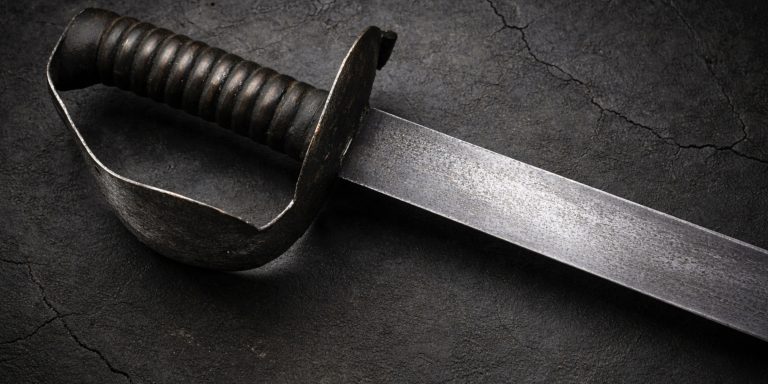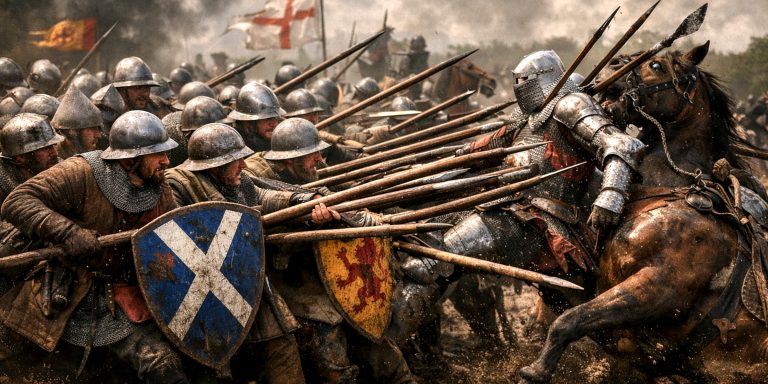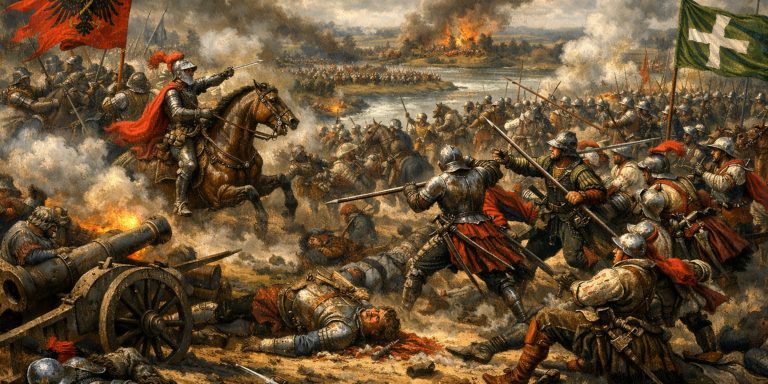
Few figures from ancient history stir the imagination quite like Spartacus, the Thracian gladiator who turned on Rome and nearly brought the Republic to its knees. His name has become shorthand for rebellion and defiance, a sort of ancient working-class hero armed with nothing but grit, strategy, and the occasional stolen sword. But to understand Spartacus, we have to look beyond the arena and the battlefield. His story is inseparable from the system that created him, a vast and brutal network of slavery that underpinned almost every aspect of Roman life.
The Machinery of Enslavement
Rome’s power was built on the backs of enslaved people. By the first century BC, slaves made up as much as a third of Italy’s population. They were everywhere, in the fields, kitchens, mines, workshops, and temples. Some were tutors and accountants, others were chained labourers worked to death in quarries. The Roman elite viewed slavery as a natural order of things, a convenient source of labour and status, rather than the moral abomination it so clearly was.
Captured in war, born into bondage, or sold by desperate families, slaves were both property and currency. The law saw them as objects, a chillingly efficient way to erase humanity. Yet the Romans relied on them so completely that the empire’s wealth and comfort would have collapsed without their exploitation.
Gladiators: The Spectacle of Control
Spartacus was one of the unlucky many sent to the gladiatorial schools, where death was both entertainment and discipline. These schools were less about training athletes and more about reminding the public who held the power. Every fight in the arena was a grotesque performance of dominance, the Roman citizen cheering from the stands while a man, stripped of freedom, fought for survival.
Still, within this brutal system, Spartacus and others like him found something Rome never expected: solidarity. The gladiatorial schools were full of men with military experience, languages, and cultural diversity. The skills and resentment that had once served Rome’s conquests now simmered against it.
The Revolt Begins
In 73 BC, Spartacus and around seventy fellow gladiators escaped from the school at Capua, armed initially with kitchen knives and whatever they could scavenge. It was meant to be a small uprising, but the idea spread like wildfire among Italy’s oppressed. Within months, tens of thousands joined them, runaway slaves, disillusioned labourers, even a few free peasants who had little left to lose.
Their rebellion wasn’t a simple mob. Spartacus was a capable leader, likely a former soldier, and his army defeated several Roman legions before being crushed. What’s remarkable isn’t just the scale of the revolt, but the fact that it terrified the Republic’s most powerful men. Crassus, Pompey, and eventually Caesar all became involved in stamping it out, not because Spartacus threatened Rome’s borders, but because he threatened its hierarchy.
The End and the Message
Spartacus was eventually defeated in 71 BC. Six thousand of his followers were crucified along the Appian Way, their bodies left to rot as a warning to others. The message was clear: this is what happens when the machinery of empire is challenged.
Yet Rome couldn’t kill the idea he represented. His revolt exposed the moral rot at the core of the Republic, a society that prided itself on law, order, and virtue while treating millions as disposable tools. Even Roman writers, centuries later, seemed conflicted. They admired his courage, but not his cause. A bit like cheering for the underdog while secretly hoping he loses.
Reflections on Power and Humanity
As a historian, I can’t help but see Spartacus as both extraordinary and inevitable. His rebellion was a symptom of a system so exploitative that it practically begged for resistance. And while Rome survived him, it never truly resolved the contradictions he exposed. The Republic that crucified Spartacus would soon tear itself apart in civil wars, all fought by men who, in many ways, weren’t that different from the slaves they owned.
There’s also a small part of me that enjoys the irony. The Romans loved their order and hierarchy, yet it was a group of enslaved people who momentarily reminded them what chaos really looked like. Spartacus didn’t overthrow Rome, but he forced it to see itself in the mirror. And perhaps that’s why his story endures, not because he won, but because he dared to believe he could.
Legacy
Today, Spartacus stands as a symbol for resistance against oppression. Every revolution, from slave uprisings to labour movements, has drawn from his myth. Of course, the real man probably wasn’t thinking in slogans or manifestos, he was fighting for survival. But history has a way of turning the desperate into legends.
Rome may have buried him under blood and propaganda, but they couldn’t erase the uncomfortable truth he embodied. In a world built on human suffering, even one man’s defiance can echo louder than an empire.



